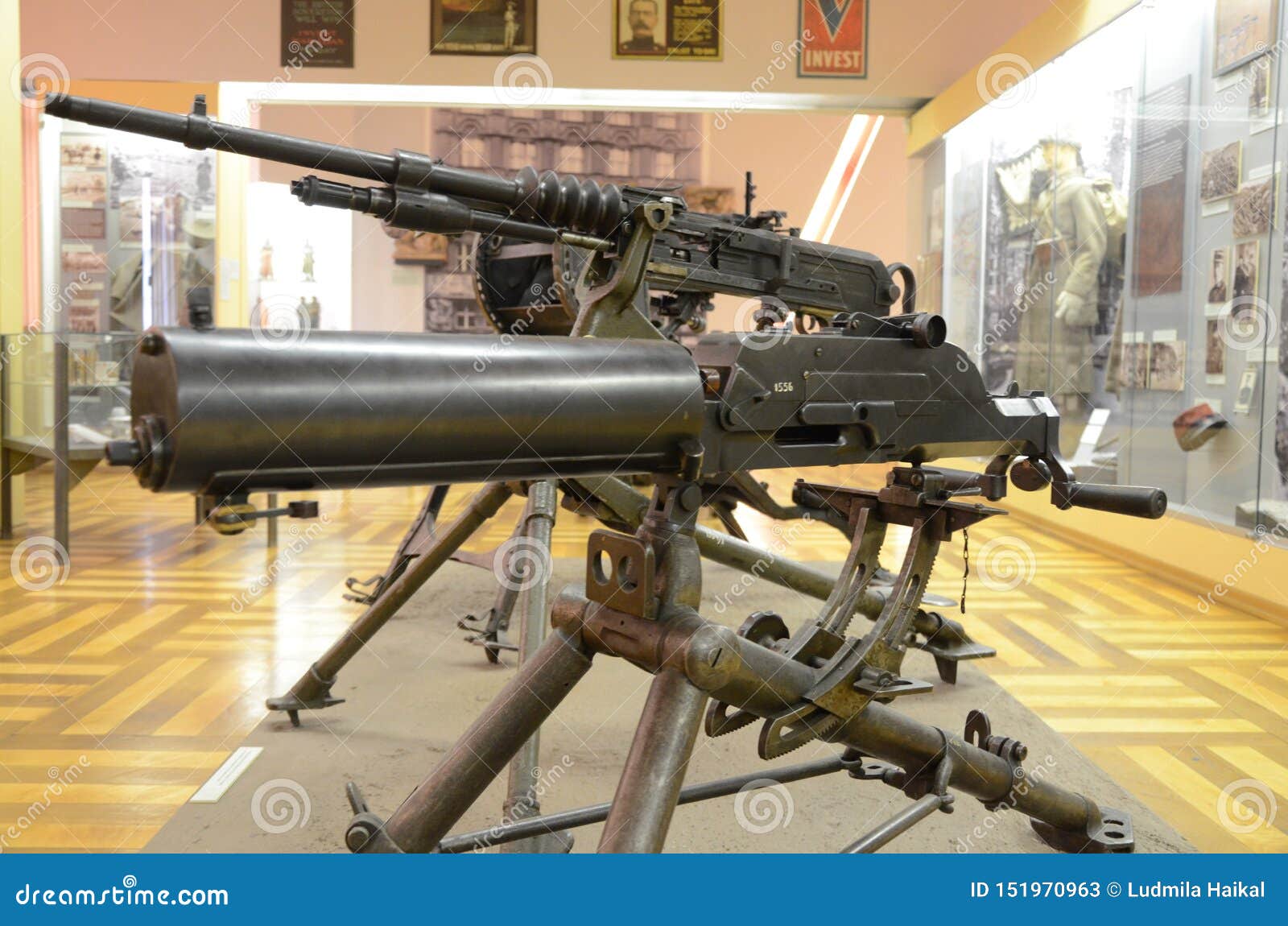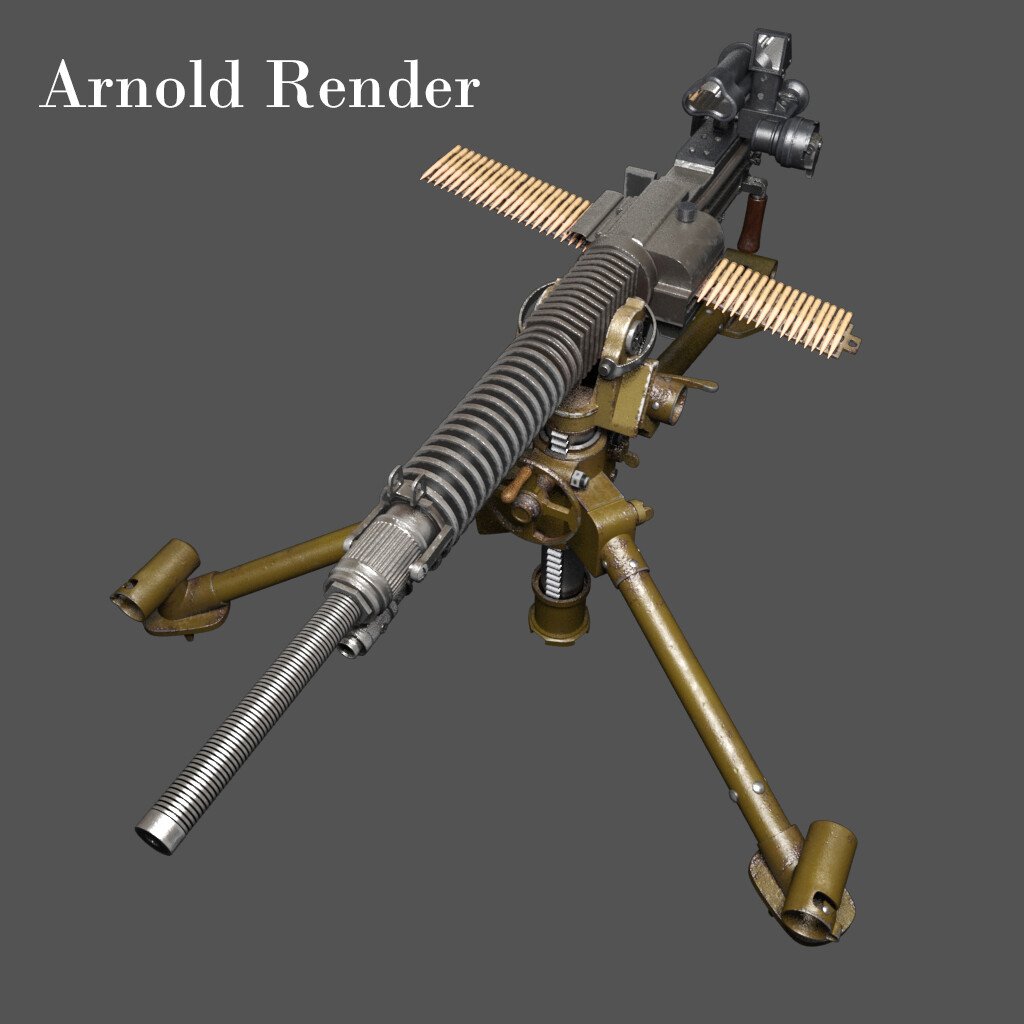Depending on the gunner and conditions, a barrel modification might be needed as frequently as every 200 to 250 rounds. When the hot barrel was eliminated, it was set aside up until it was cool enough to use again. Machine-gun teams would have as lots of as 6 extra barrels on hand.
Driving through a just recently protected location in Belgium, the sharp-eyed Liniewski spotted the abandoned weapon in a field. Liniewski then did what any unsupervised GI would have done in that position; he stopped his truck and took the chance to snag a fantastic memento for the folks back house. As a support soldier, Liniewski was not familiar enough with weapons to disassemble his MG-42, so he hung on to it for a while until he found a camp where German prisoners of war were being held.
The weapon remained in the Liniewski household till 2016 when his son Marty donated the weapon to the Museum. In spite of its propensity to get too hot, the MG-42 was an exceptional weapon that was light-years of ahead of the United States equivalent, the Browning M-1919A4 gatling gun. Germany produced approximately 400,000 MG-42s during the war, some of which are still in active service.

Taken together, all these weapons provided the Red Army a more practical variety of assistance weapons, better able to challenge the Germans for fire supremacy on the battlefield. Totally illustrated, this study describes the technology and the methods of these gatling gun. Kept in mind authority Chris Mc, Nab sets out how these gatling gun were distributed and tactically applied and provides numerous examples of the weapons in action, from attack groups on the streets of Stalingrad to tank teams having a hard time for survival at Kursk.
The Only Guide to American Soldiers' Use Of Weaponry In World War I
Illustrated with top quality pictures and specially commissioned art work, this is a deep analysis of these important tools of warfare within the Soviet forces.
Taken together, all these weapons offered the Red Army a more practical variety of assistance weapons, better able to challenge the Germans for fire superiority on the battleground. Completely illustrated, this research study discusses the technology and the tactics of these gatling gun. Kept in mind authority Chris Mc, Nab sets out how these gatling gun were dispersed and tactically applied and supplies numerous examples of the weapons in action, from attack groups on the streets of Stalingrad to tank crews having a hard time for survival at Kursk.
Illustrated with top quality pictures and specially commissioned art work, this is a deep analysis of these necessary tools of warfare within the Soviet forces.
The machine weapon business, commanded by a captain, had an assigned strength of 6 commissioned officers and 172 enlisted guys, and brought 16 weapons, 4 of which were spares. Within the company there were 3 squadrons and a headquarters area. A very first lieutenant led the first squadron, while 2nd lieutenants led platoons two and three.
3 Easy Facts About The Forgotten Automatic Weapons Of World War I Described


Within each area were two gun teams, each with one gun and nine males, led by corporals. The weapon squad had one fight cart, pulled by a mule, to transport its weapon and ammo as close to the shooting position as opponent fire allowed. From there the crews moved the guns and ammo forward by hand.
It had just two companies, identical to the other device gun business in terms of workers and weapons. Each weapon team utilized an unique motor car to transport its personnel, weapon and equipment.
In this role the weapons were put 300 to 1000 meters to the rear of the front line. When they employed their guns because style, the gatling gun officers typically faced opposition from the rifle business leaders, who chose to have the weapons further forward, fearing that their infantrymen would be at threat of roaming low rounds as they advanced under the overhead device weapon fire.
Furthermore, they quickly found that the gatling gun were high top priority targets for opponent fire, and that it was beneficial to have the guns at some distance from the infantry positions. Since enemy machine guns positioned the greatest danger to the assaulting soldiers, the gatling gun teams strove to find the opponent weapons and to concentrate their fire upon them.
How Divisional Machine Gun Units can Save You Time, Stress, and Money.
A proportion of the guns was kept back as a reserve under command of the gatling gun officer. 6Machine weapon tactical teaching determined that in the defense the Hotchkiss guns must just seldom lie within 100 lawns of the cutting edge and that a minimum of two-thirds of the weapons need to be echeloned back through the entire protective position, situated so that nearby guns would be mutually supporting.

7 To find other features on the go to our THE DOUGHBOY CENTER wishes to continually expand this feature. Additions and talk about these pages might be directed to:.
I was impaled on this. My only worry was that he would push the trigger which would have made a hell of a mess. In the meantime, my sergeant who was near he saw me; was available in close; shot the fellow and then hoisted me, with the help of another man, off the bayonet.
A bayonet injury straight it goes in it harms and the withdrawal is probably even more distress than the 'putting in' since the 'putting in' is instantaneous. Another type of weapon was the trench club.